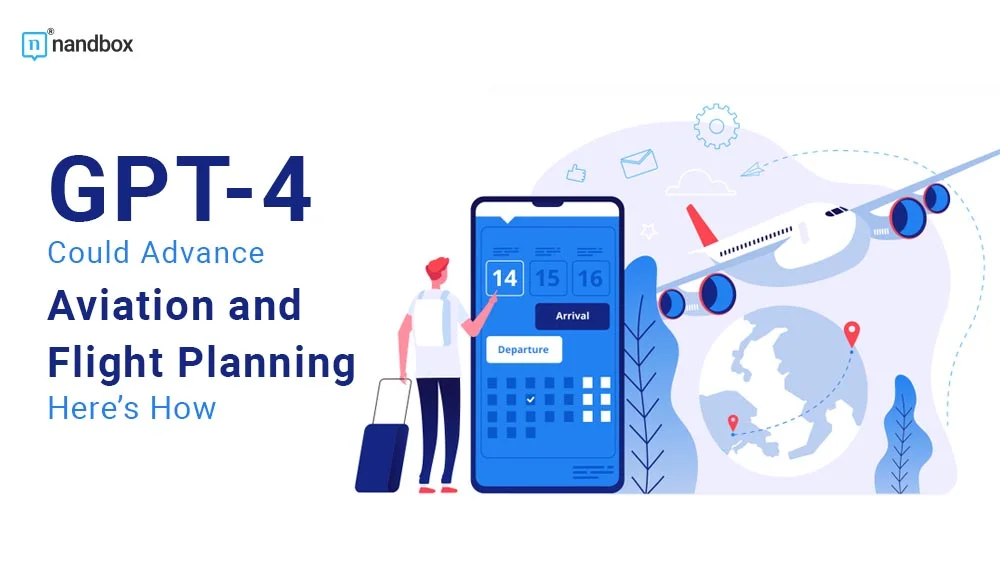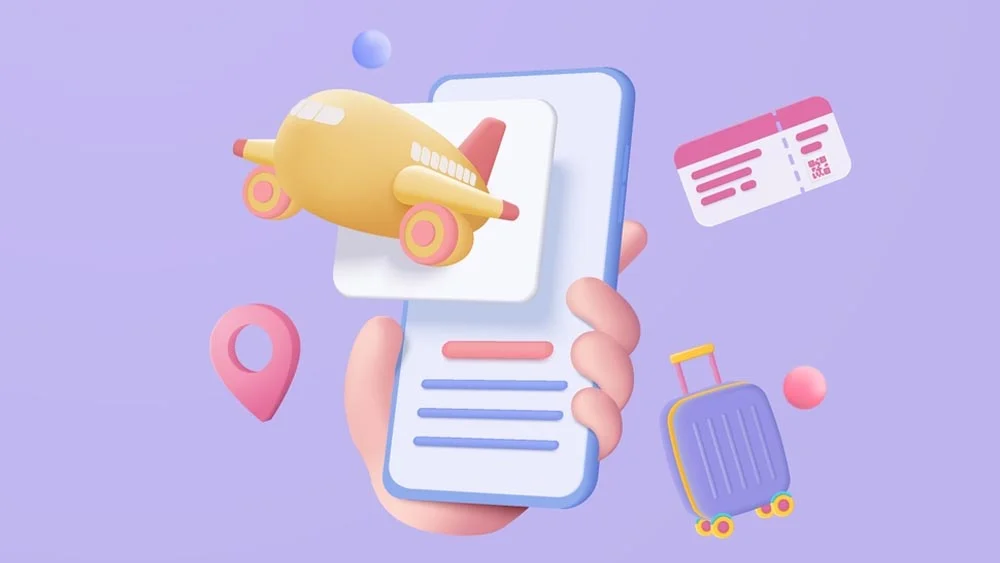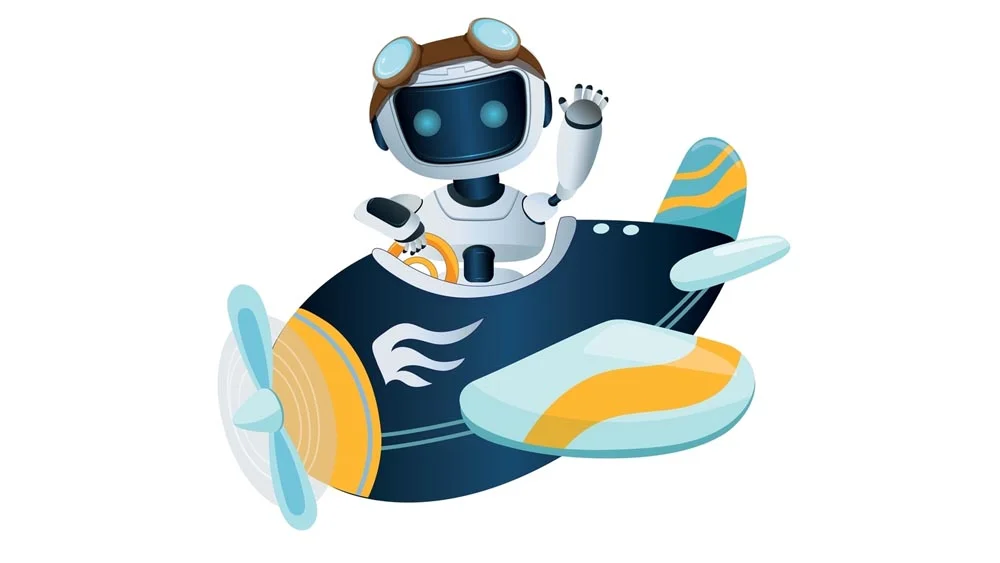Aviation is an advanced field with high stakes; there’s no room for error. The calculations have to be so precise because lives are on the line. Everyone is trying the new GPT-3.5 and GPT-4 to test their abilities, like new exciting toys. We, too, got curious to know how Chat GPT-4 can affect aviation, flight planning, and navigation, and if it can facilitate all the hard work. Here’s what we found out.
What is Chat GPT-4?
Open AI released GPT-3.5 in November 2022, and it became a worldwide phenomenon. GPT stands for generative pre-trained transformer, based on the transformer architecture. The chatbot is based on the language model of the same name, trained on a large corpus of text.
In March 2023, Open AI followed it with the newer and more advanced GPT-4. Unlike GPT-3, which is free to use, GPT-4 costs a fee in exchange for more advanced capabilities, like image processing, better interpretability, and a more accurate answer.
How Can GPT-4 Advance Aviation?
It has the potential to advance aviation in several ways, including:
- GPT-4 could optimize flight paths by analyzing vast amounts of data from various sources, such as weather patterns, air traffic, and historical flight data. Based on its analysis, it would create models that can predict the most efficient routes for different aircraft. Not only will it reduce fuel consumption, but it will also increase efficiency.
- Air traffic is sometimes hard to predict and manage, but GPT-4 can help. It could predict and identify congestion points and offer alternative routes to help avoid delays, which could immensely reduce flight times, improve safety, and enhance the overall travel experience for passengers.
- GPT-4 can aid airlines and maintenance companies in identifying and fixing aircraft issues before they escalate. As a result of GPT’s ability to analyze data from an aircraft’s various sensors, maintenance teams can take preventative measures to avoid breakdowns and delays.
- Surprisingly, GPT-4 can help in pilot training. It can provide trainees with simulated scenarios and real-time feedback to improve their training. Pilots can practice and refine their skills as GPT generates scenarios that mimic real-world situations in a safe, controlled environment.
All these applications of GPT-4 can overall increase efficiency and safety and improve the passenger experience, saving time and money for airlines.
How Can GPT-4 Help in Flight Planning?
We’ve mentioned how GPT-4 can help in flight planning by optimizing flight paths. Let’s go into more detail.
The process of flight planning entails meticulously organizing every aspect of a flight, from departure and arrival times to fuel stops and airspace restrictions, to ensure a safe and successful journey. Pilots and air traffic controllers use flight planning to ensure every flight is smooth and safe.
Pilots and air traffic controllers can use text-based summaries of flight plans that GPT-4 can generate to review the key details of a flight. For example, the summary could include information about the departure and arrival airports, the flight path, estimated flight time, fuel requirements, and other relevant details. Additionally, GPT can recommend flight routes, like alternative ones or fueling stops, based on specific inputs such as departure and arrival airports, weather conditions, and other factors.
GPT has the potential to drastically improve flight planning by cutting down on the time and effort spent on it.
Navigation
Chat GPT, with all its versions, is not a navigation system. Although it can offer information and guidance related to aviation and navigation, it is not a direct navigation system and can’t be used in place of a professional pilot. It can analyze data on variables affecting navigation, like weather, and aircraft performance, which can help pilots make decisions about flight paths, altitudes, and other safety and efficiency-related factors.
Pilots and air traffic controllers can benefit from GPT’s use in training material development by deeply comprehending the intricate systems involved in aviation navigation. However, GPT should not be used as the sole means of navigation and should be viewed as one tool among many that can help pilots.
Will GPT-4 Replace Pilot Assistants?
All said and done, GPT-4 isn’t likely to replace pilot assistants anytime soon. An air carrier’s safety relies heavily on the work of pilot assistants who are experts in their field. They help the pilot in many ways and watch the plane’s systems while also talking to air traffic control.
Generally, AI can provide a lot of assistance, as mentioned before, but it can’t provide complex and nuanced human decision-making abilities. Human judgment and intuition are indispensable in times of crisis or unpredictability. All in all, GPT-4 can reduce the workload of pilot assistants, providing a safer, smoother, and more efficient flight by offering recommendations and suggestions, but that’s as far as it can go. In addition, leveraging aerospace project management software can streamline complex project coordination within the aviation industry, ensuring timely execution and enhanced safety standards across all operational stages.
The Limitations
While using GPT-4 to help in something as serious as aviation, it’s crucial to keep its limitations in mind. Yes, it’s more accurate than the previous model, GPT-3.5 but still prone to biases and hallucinations. Users need to double-check and fact-check every piece of information and then check again.
Generally, it’s known that you need to provide super precise questions to get correct answers when it’s a complex matter similar to aviation or flight planning. Otherwise, you will get frustrated with an irrelevant output. Another aspect that improved with GPT-4 but is still under work.
Using AI, we recommend learning more about its strengths and weaknesses first to learn how to make the best of it without taking risks.
You don’t need any guidance from AI to create the perfect mobile app. With the nandbox native no-code app builder, you can do it with ease and efficiency without breaking the bank. Try it now!





